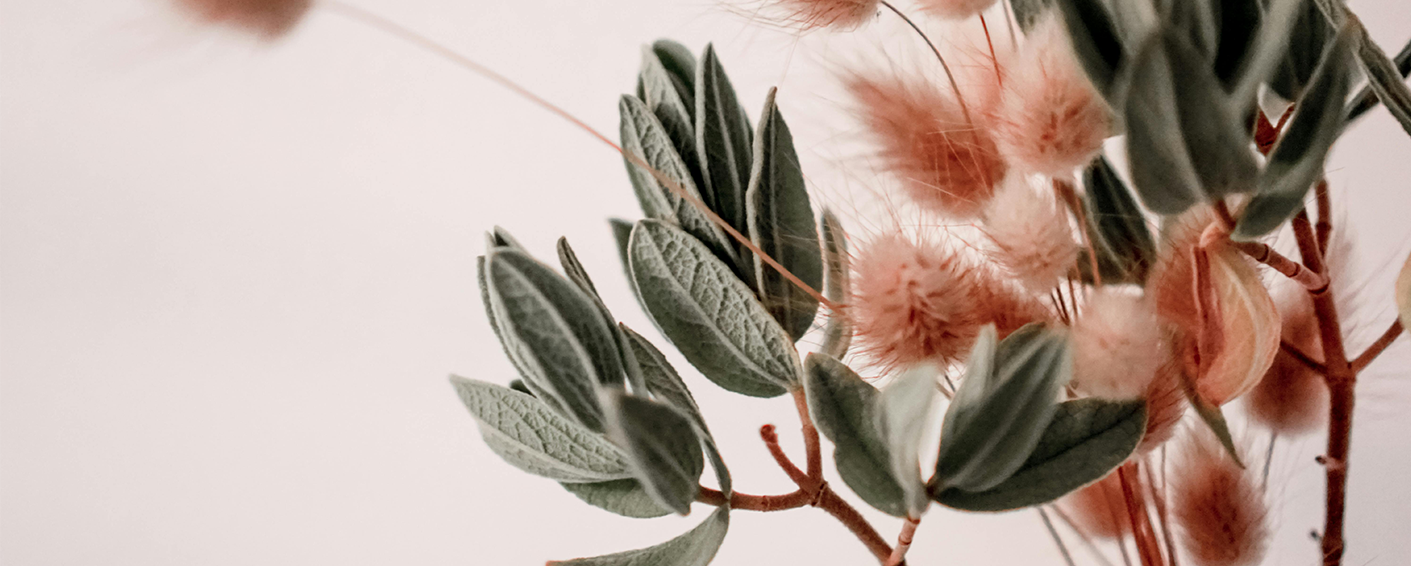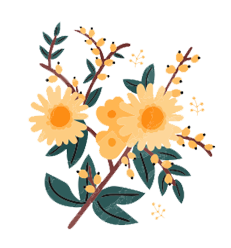
Floral Sculptures for Fall
Fall is a season that naturally inspires creativity. From the vibrant colors of changing leaves to the textures of dried grasses and twigs, nature is at its most beautiful during autumn. One way to embrace the season’s charm is by creating three-dimensional floral sculptures that bring the outdoors inside. These large-scale pieces can serve as stunning artistic home décor, celebrating fall’s beauty with branches, moss, and seasonal flowers.
In this blog, we’ll explore how to create these sculptures, offer ideas for different designs, and share tips for making your fall-inspired pieces stand out.
Why Floral Sculptures?
Floral sculptures go beyond traditional flower arrangements by adding structure, height, and texture to your designs. They allow you to experiment with materials like branches and moss, giving your space a bold and organic feel. While floral arrangements tend to focus on compact, balanced designs, floral sculptures invite a sense of playfulness and scale, making them perfect for statement pieces in your home.
With the earthy tones and natural elements of fall, these sculptures can become dynamic centerpieces, fireplace mantle decorations, or entryway accents that bring the essence of the outdoors into your living space.
Materials You’ll Need
Before you get started, gather materials that align with the natural, rustic feel of fall:
- Branches: Twigs, birch branches, or driftwood for structure.
- Moss: Sheet moss or preserved moss to add texture and natural elements.
- Seasonal flowers: Chrysanthemums, dahlias, sunflowers, and marigolds in rich autumn hues.
- Foliage: Dried leaves, eucalyptus, or pampas grass.
- Other natural elements: Pinecones, berries, or dried seed pods.
- Base or container: A heavy vase, urn, or sturdy base to support your sculpture.
- Floral foam or chicken wire: To help anchor flowers and foliage in place.
- Floral wire, hot glue gun, or adhesive putty: For securing elements.
Steps to Create a Fall Floral Sculpture
Start with a Vision
Think about where you want to display your floral sculpture and how large you want it to be. Do you envision a dramatic, oversized piece for your entryway? Or perhaps a medium-sized centerpiece for your dining room table?
For inspiration, imagine towering branches forming an organic frame with bursts of flowers and moss climbing through it, or consider a winding vine of seasonal blooms creeping along a mantle. The key is to embrace the natural curves and flow of the materials to create a piece that feels dynamic and alive.
Build the Structure with Branches
The backbone of your floral sculpture is its structure. Start by choosing branches or driftwood that complement the overall look you want. Branches with interesting shapes, knots, or textures will add character and dimension to your piece.
Place the branches in your chosen container, using floral foam, chicken wire, or a base that will hold them upright and stable. Let the branches rise and spread naturally, giving them space to fan out or twist upward for height and drama.
Add Moss for Texture
Moss is perfect for softening the structure and bringing a natural, earthy feel to your design. It creates the illusion that the sculpture is organically growing from the base or wrapping around the branches.
Attach moss to the base of the sculpture, filling in any gaps between the branches. You can also drape moss along the branches themselves, using floral wire or glue to hold it in place. This gives the piece a sense of age and authenticity, as if it’s been taken straight from the forest floor.
Incorporate Seasonal Flowers
Now, bring color and life into your sculpture by adding seasonal flowers. Chrysanthemums, dahlias, and marigolds are wonderful fall options due to their rich hues and hardiness. You can also use sunflowers for a bold pop of color or roses in deep reds and oranges for a more romantic touch.
Cluster flowers at various points along the branches, allowing them to peek out from behind moss or foliage. Be sure to vary the heights and angles of the flowers to create depth. Use floral wire or glue to secure the blooms in place, but let them appear as if they’ve naturally bloomed from the branches.
Layer in Foliage and Natural Elements
To complete your fall sculpture, add layers of foliage and natural elements. Dried leaves and eucalyptus will enhance the fall aesthetic, while pampas grass or reeds provide texture and height.
For added dimension, you can incorporate smaller natural elements like pinecones, acorns, or berries. Attach these to the branches or tuck them into the base of the arrangement. These touches give the sculpture a truly seasonal vibe and add interest from every angle.
Finishing Touches
Once your sculpture is assembled, step back and look at the overall composition. Does it feel balanced? Do the colors and textures work together? You may want to tweak a few elements by repositioning flowers or adding more foliage.
If the sculpture will be displayed on a table, make sure it’s visually appealing from all sides. If it’s going against a wall or on a mantle, focus on the front-facing elements but ensure the back looks tidy.
Inspiration for Fall Floral Sculptures
Looking for creative ideas to get started? Here are a few inspiring fall sculpture concepts:
- Rustic Tree Branch Sculpture: Use tall birch or willow branches as the base, and decorate with clusters of orange and yellow chrysanthemums, accented by dried ferns and seed pods. Perfect for a cozy corner or entryway.
- Woodland-Inspired Mantle Piece: Create a flowing design that mimics a fallen tree branch covered in moss and flowers. Incorporate vines of ivy, dried roses, and clusters of small gourds for a truly autumnal display on your mantle.
- Pampas Grass and Dahlia Statement Sculpture: For a dramatic, oversized sculpture, use pampas grass as the centerpiece, surrounded by large dahlias in deep burgundy and gold. Let the pampas grass tower over your space, giving the room a wild yet elegant look.
- Minimalist Twig and Moss Arrangement: Keep it simple with thin, bare branches adorned with pockets of moss and a few strategically placed white or yellow blooms. This minimalist approach is perfect for modern homes or as a striking centerpiece.
Tips for a Successful Fall Floral Sculpture
- Choose sturdy branches: Select branches that can support the weight of the flowers and foliage. If your branches are too fragile, they may break or tip over.
- Balance fresh and dried elements: Mixing fresh flowers with dried elements ensures your sculpture lasts throughout the season. Fresh flowers add vibrancy, while dried materials provide structure and longevity.
- Embrace asymmetry: Organic sculptures often look best when they’re not perfectly symmetrical. Let the branches and flowers flow naturally for a more artistic look.
- Play with height: Don’t be afraid to create sculptures that reach upward or spread out horizontally. Playing with different levels will make your piece more dynamic.
Creating a fall floral sculpture is a rewarding way to bring nature indoors and celebrate the beauty of the season. Whether you opt for a simple arrangement or a dramatic, large-scale piece, your creation will add a touch of autumnal magic to your home. So gather your branches, moss, and seasonal flowers, and let your creativity flow!



